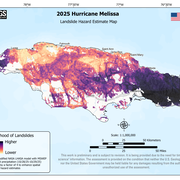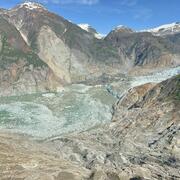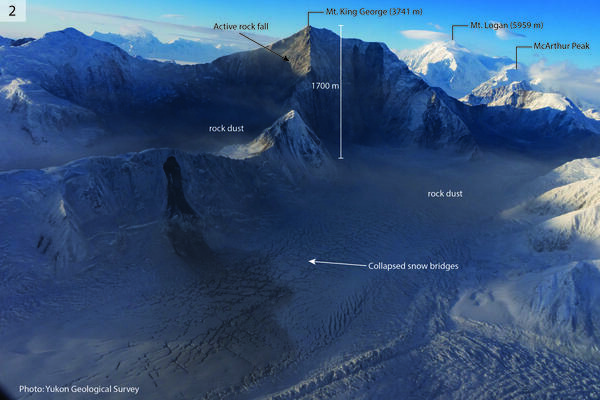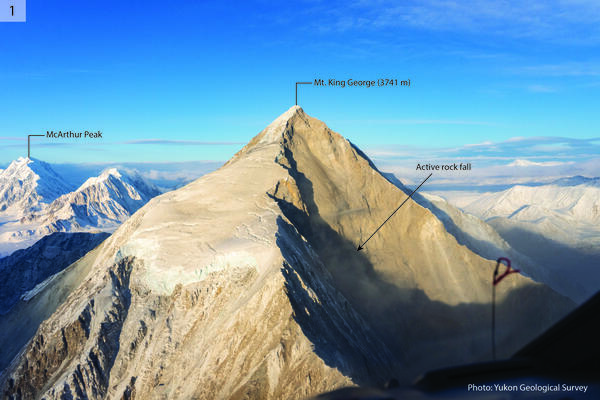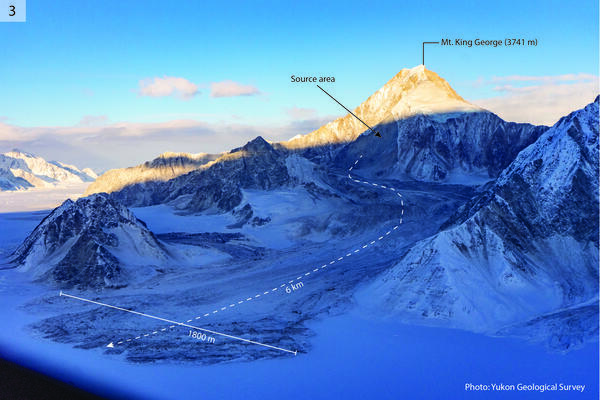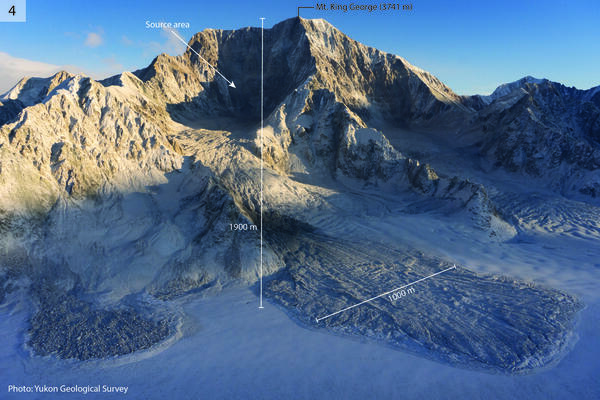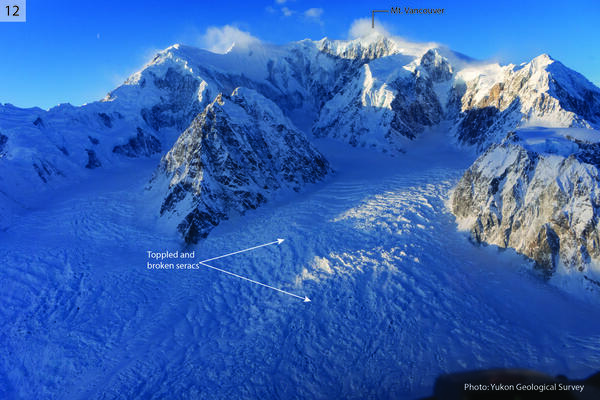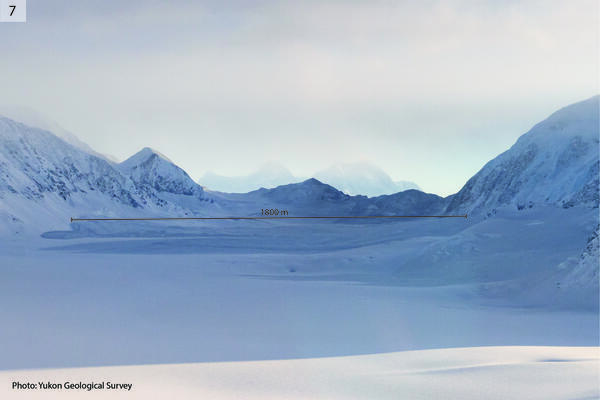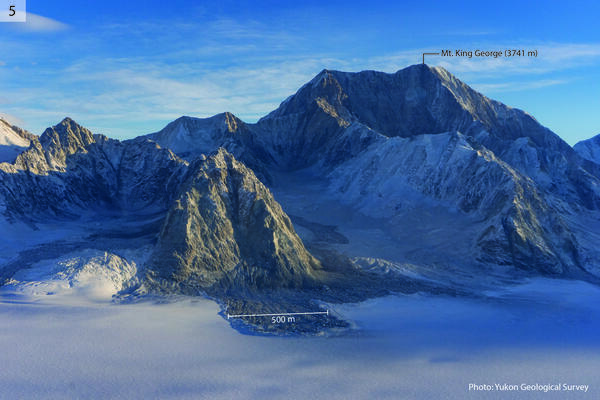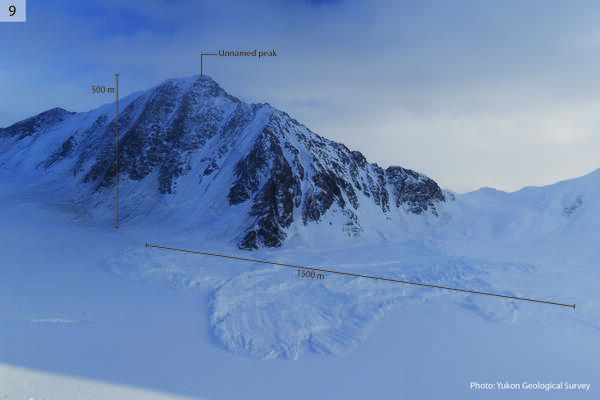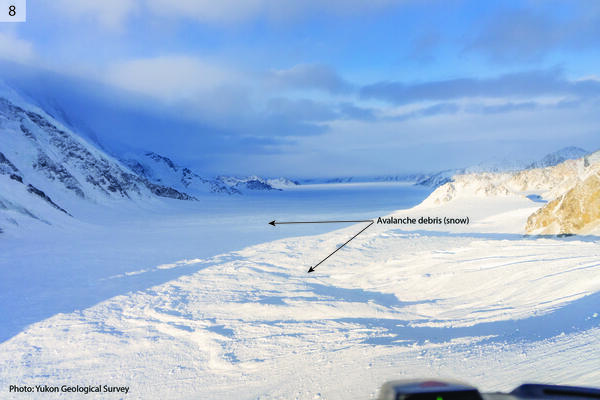Forecast, monitor, adapt: A multi-agency strategy to protect people from postfire debris flows
Landsliding follows signatures of wildfire history and vegetative regrowth in a steep coastal shrubland
Dynamic feedbacks between river meandering and landsliding in northwestern Washington glacial terraces
Constraining landslide frequency across the United States to inform county-level risk reduction
Landslide Hazards Program
The primary objective of the National Landslide Hazards Program is to reduce long-term losses from landslide hazards by improving our understanding of the causes of ground failure and suggesting mitigation strategies.
Quick Links
Here is where to find some of our most popular content:





